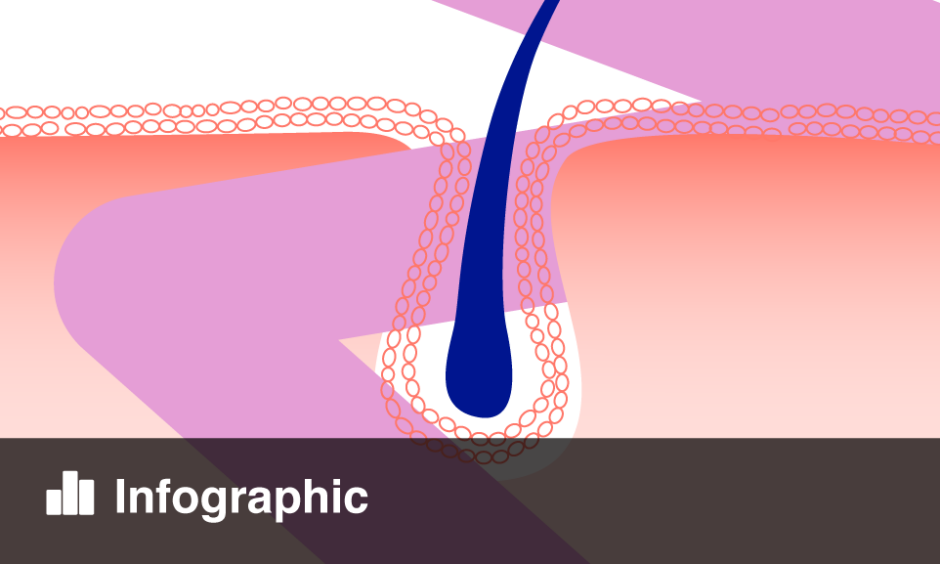AGE of 80 years or older, solid organ transplantation, and history of cancer have been identified as significant risk factors for subsequent cutaneous squamous cell carcinoma (CSCC), according to new data. While developmental risk factors such as age, sun exposure, immunosuppression, and Fitzpatrick phototype have already been highlighted, the risk factors of subsequent CSCC have not been widely researched.
Author Isabelle Moseley, The Warren Alpert Medical School of Brown University, Providence, Rhode Island, USA, stated: “The objectives of this study were to characterise CSCC cases, investigate host risk factors associated with multiple CSCCs, and assess primary tumour characteristics that serve as risk factors for the development of subsequent primary CSCC in a single dermatology centre.”
In a retrospective review, including 1,312 patients with CSCC who were seen at a dermatology clinic in Rhode Island between 2016–2019, the team identified 433 patients with multiple CSCC tumours. The most important risk factor for multiple CSCC was solid history of organ transplantation (adjusted odds ratio [aOR]: 2.41; 95% confidence interval [CI]: 1.20–4.80), followed by age older than 80 years (aOR: 2.18; 95% CI: 1.46–3.31), and history of skin cancer (aOR: 1.96; 95% CI: 1.52–2.54). Furthermore, actinic keratosis (aOR: 1.52; 95% CI: 1.18–1.95), history of other cancers (aOR: 1.49; 95% CI: 1.11–2.00), sunscreen use (aOR: 1.32, 95% CI: 1.03–1.70), and family history of skin cancer (aOR: 1.36, 95% CI: 1.03–1.78) significantly factored into multiple CSCC tumours. However, no association was found between multiple CSCC tumours and smoking history, race/ethnicity, sex, and primary tumour characteristics such as tumour location, histologic differentiation, diameter, and treatment modality.
The team concluded that “these findings may have implications for determining ideal follow-up intervals for patients diagnosed with one or multiple CSCCs.” Limitations of the study included that the study population was predominantly white and came from a single institution.








